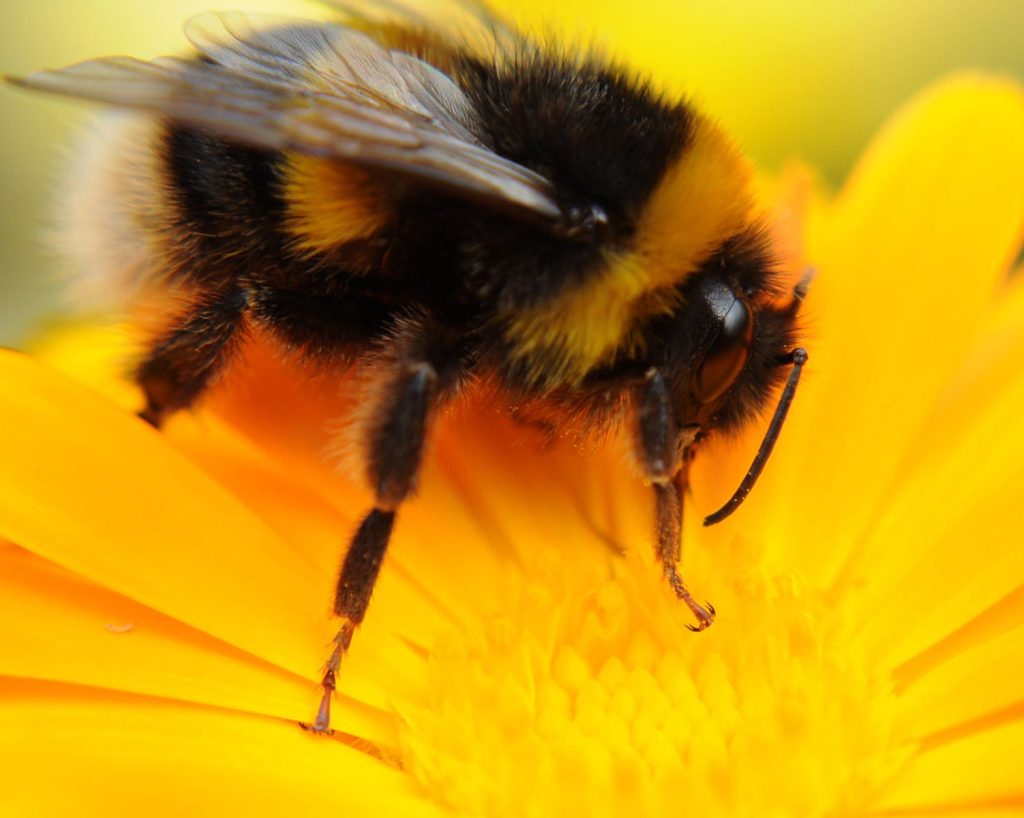Proposed by Dr Isaac Vikram Chenchiah

Overview
The ongoing decline in biodiversity and, in particular, the populations of pollinator species (such as bees) is expected to significantly impact ecosystems, the environment and humanity as a whole. Since pollinators play a critical role in crop yield, it has serious implications for food security, especially in conjunction with climate change.
To reverse, mitigate and adapt to this situation, we need an increased understanding of ecology from a pollinator’s perspective. Such understanding will equip us to protect and conserve them and develop technological solutions to adapt to their decline.
Challenges
How can we improve our understanding of pollinator environments, ecology, and role, especially from their perspectives?
- Understanding environment and ecology: Pollinators are found worldwide in every habitat. They have evolved many sensory adaptations to elicit information from their surroundings. These include the familiar senses of vision, hearing, olfaction (smell), touch and taste, and others such as electroreception (ability to sense electrical field). The mix of sensory cues builds up a picture of the environment in pollinators and informs their decision-making.
- Understanding sensory information: Understanding how different sensory information is dispersed in nature will enable us to quantify anthropogenic effects on pollinators (e.g., electrical powerlines affecting electroreception). We could then develop ways to protect and increase the prevalence of these species. Further, understanding how these streams of information are received (e.g. by what organs and mechanisms) and used neurologically (e.g. for which decisions and when) will enable us to build a multi-layered comprehension of the world of pollinators.
Output ideas
There are a variety of ways in which to succeed in this project. Two examples are (though due to the breadth of the question we anticipate “success” in ways that we do not envisage upfront):
- Scientific insights into how ecological interventions might benefit pollinators and pollination.
- Technological aids that facilitate a better understanding of the environment. For instance, many pollinators are sensitive to electric fields, and a smartphone app that could map the local electrical environment (say, around a beehive) would help us understand pollinator behaviours.
Resources
Pat Willmer, ‘Pollination and Floral Ecology’, Princeton University Press (2011). University has an e-copy.










